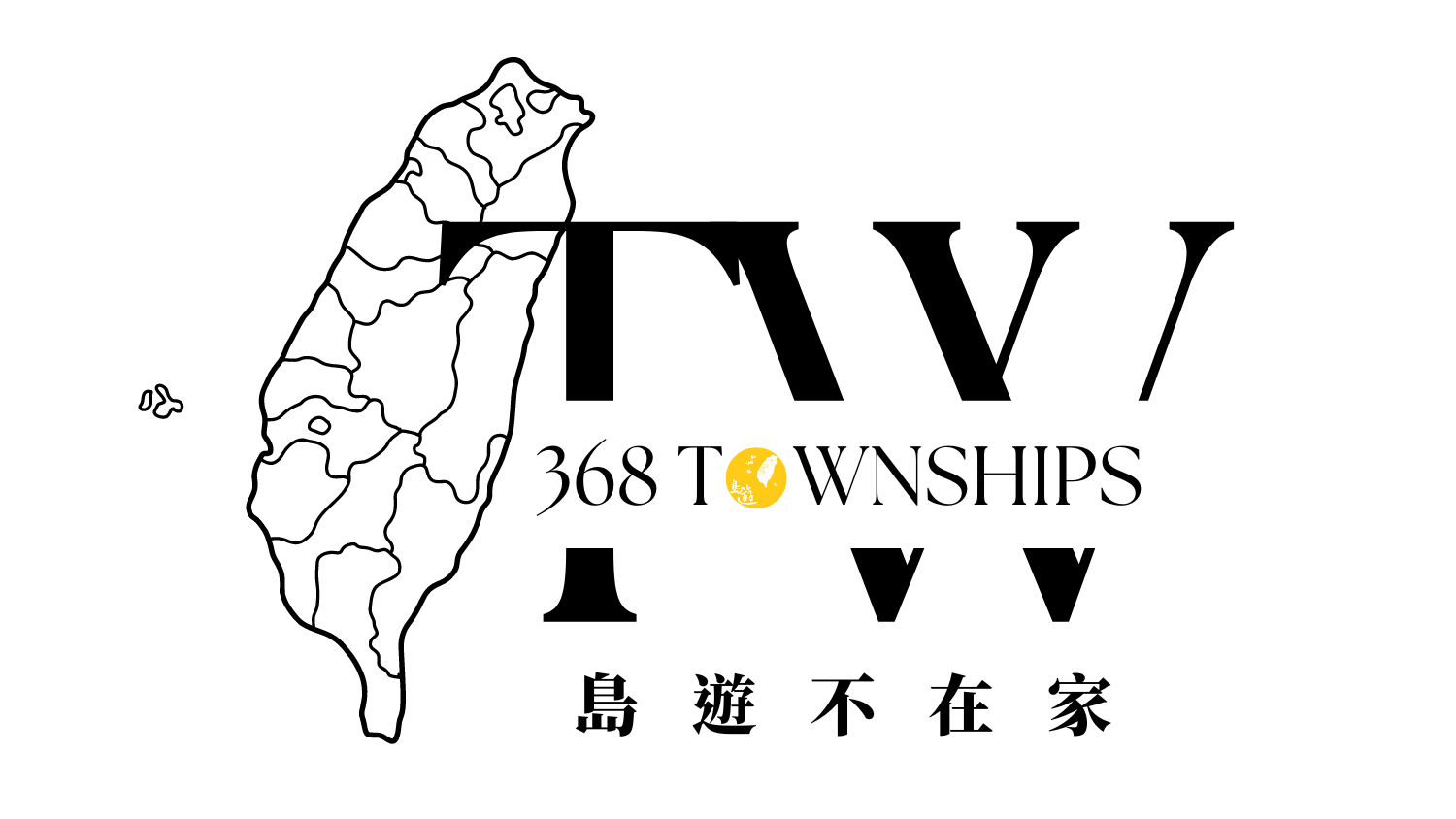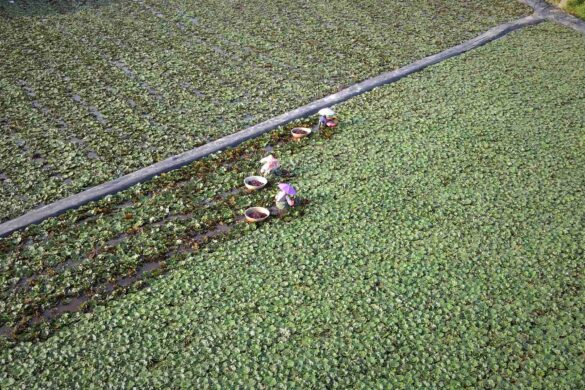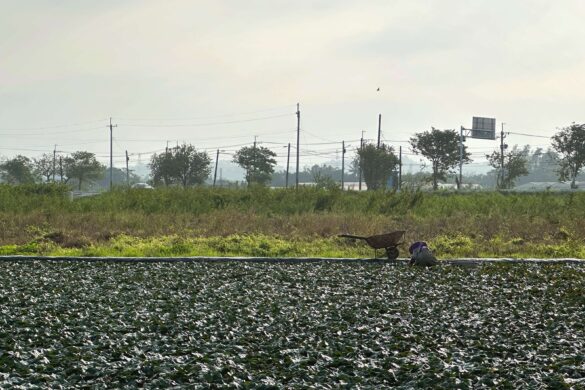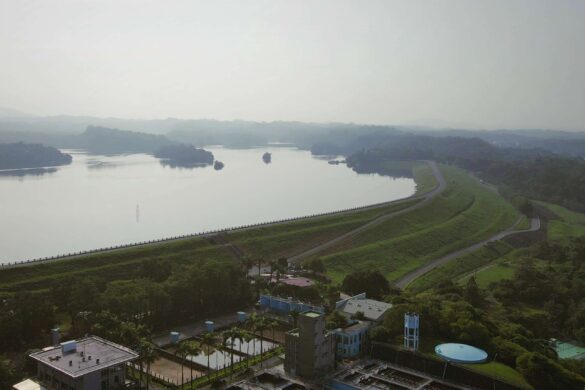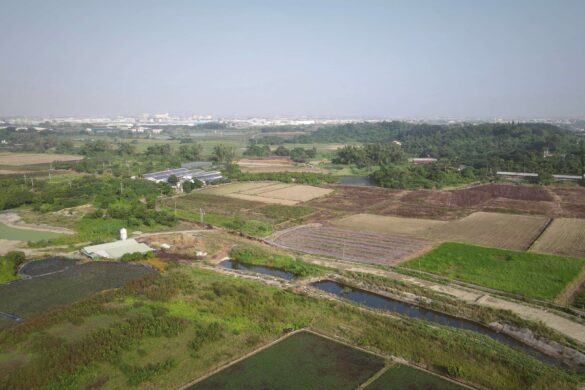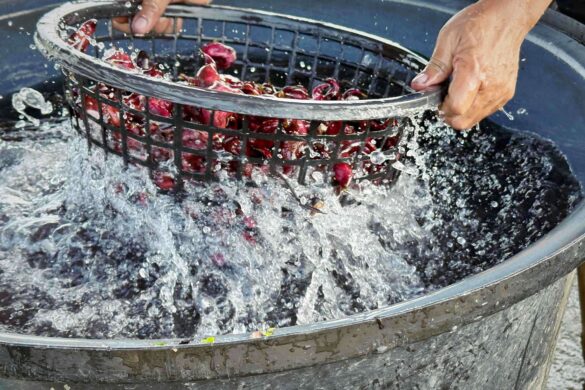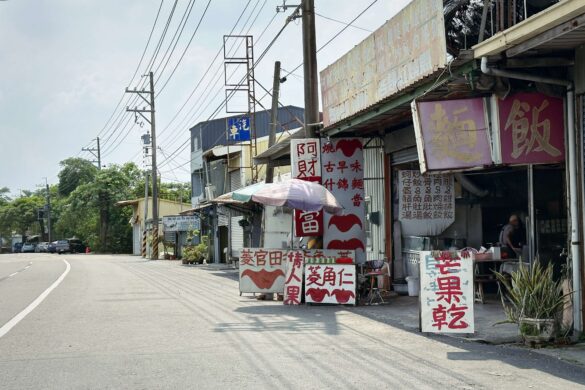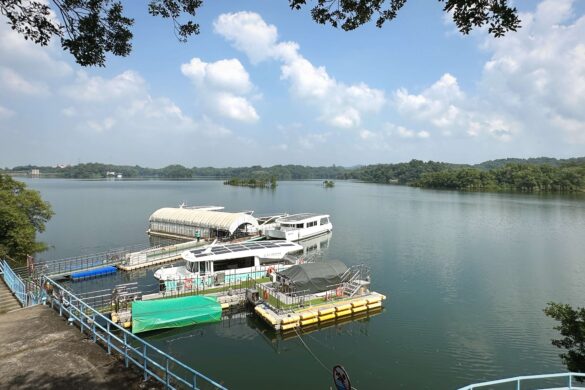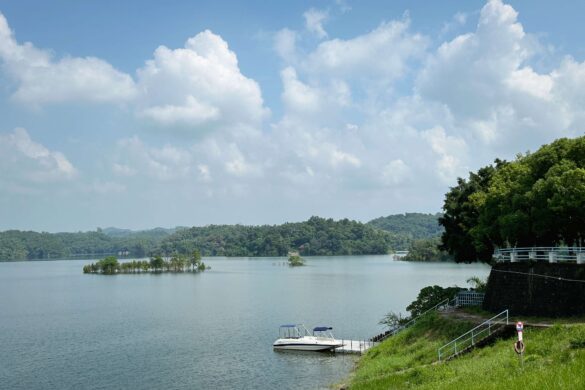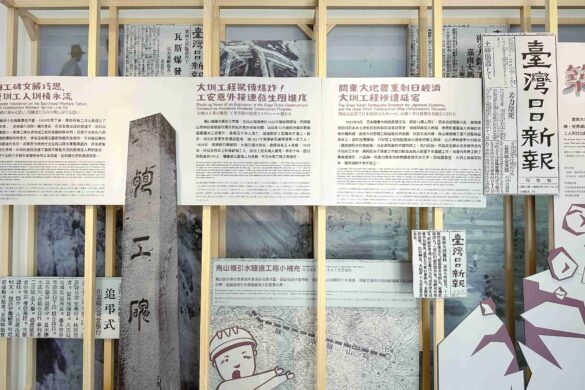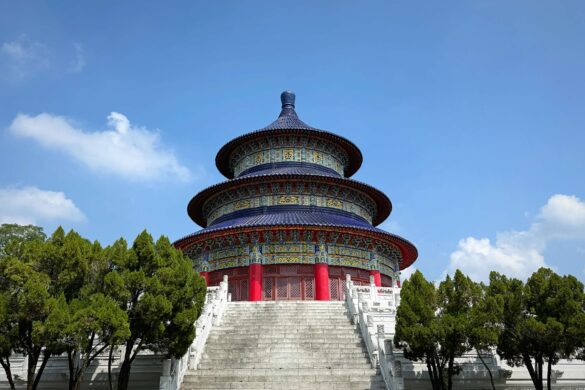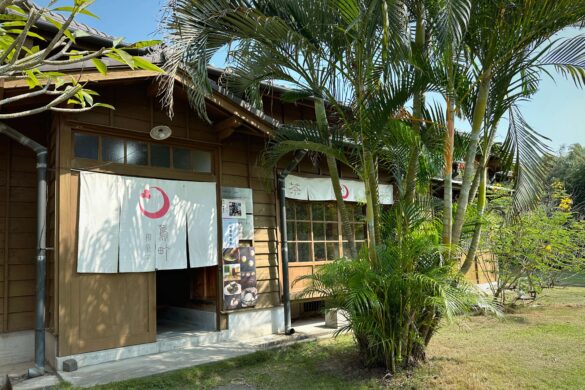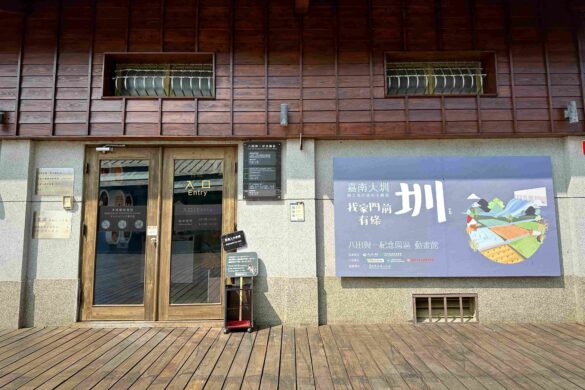最後更新/Last Updated:2025-03-22
Located on the Chianan Plain, Guantian in Tainan has a hot and humid climate that is ideal for growing water caltrops, rice, sugarcane, and mangoes. Guantian has the largest area and highest production of water caltrops in the country, earning it the title "The Land of Water Caltrops."
Due to its location on the leeward side of the Central Mountain Range, Guantian receives very little rainfall in winter. To avoid drought, local farmers have actively created ponds and reservoirs of various sizes. These water storage facilities are closely linked to the area's agricultural abundance and have become one of Guantian's distinctive features.
Contents
◦ Tainan Travel Guide
01|Transportation in Tainan
🚄 Taiwan High Speed Rail
🚗 Cross-city Chartered One-day Tour from Taipei
🛵 Tainan Motorcycle Rental Tainan Train Station Pick Up
🛵 Tainan Motorcycle Rental Pick up at Tainan Transit Station
02|Popular Attractions in Tainan
🎫 Chimei Museum Permanent & Special Exhibition Ticket
🎫 Ten Drum Cultural Village Ticket
🎫 Tainan Naughty World Safari Ticket
🎫 Sicao Green Tunnel Ticket in Tainan
🎫 Tainan Art Museum Ticket
🎫 Anping Old Fort Admission Ticket
🎫 Anping Tree House Admission Ticket
🎫 Shan-Shang Garden and Old Waterworks Museum
03|Things To Do in Tainan
🛶 Tainan Longshan Eco Boat Tour and Oyster Barbeque
🙌 Lifestyle Goods DIY Experience at Zhuo Ye Indigo Dyeing House
♨️ Reikei Hot Spring Resort in Tainan
💆🏻♀️ Royal Thai Massage in Tainan
◦ The Past of Guantian
Formerly known as "Guandian," this area was called "Royal Fields" during the Dutch colonial period in the 17th century, designated as official land. During the Kingdom of Tungning, the name was changed to "Guantian," and officials recruited tenant farmers to cultivate the land. This led to the formation of Han Chinese settlements, hence the name "Guandian." In the Qing Dynasty, it was renamed "Guantian Village." After Taiwan's retrocession, it became Guantian Township. In 2010, with the merger of Tainan County and Tainan City, Guantian Township was restructured into Guantian District.
Despite these changes, the name "Guantian," which signifies official fields, reflects the area's deep agricultural roots throughout its history.
◦ Guantian Water Caltrop Festival
From September to October each year, water caltrops are in peak season. Traveling south from Xinying along Taiwan Route 1, you will see many water caltrop fields, stalls selling boiled water caltrops, and farmers busy with the harvest.
Upon arriving in the area, I cycled through the small alleys and observed women harvesting water caltrops. The freshly harvested water caltrops are washed and sold by vendors, and I was fortunate enough to taste the freshest ones.
In recent years, the local district office has collaborated on a "community building" project, using films to document local culture, allowing people to appreciate the unique charm of "The Land of Water Caltrops" from different perspectives.
◦ Attractions in Guantian
01|Wushantou Reservoir Scenic Area
Completed in 1930, Wushantou Reservoir is one of the main irrigation projects of the Chianan Canal and was the largest reservoir in Taiwan during the Japanese colonial period. The reservoir spans across Liujia District and Guantian District. When viewed from above, the winding shoreline resembles coral reefs, earning it the nickname "Coral Lake." The reservoir area is well-planned, featuring camping sites, barbecue areas, a water park, and a boat dock. There are also historical artifacts commemorating those who died in accidents and from diseases during its construction, making it a place worth spending a day to explore.
Wushantou Reservoir Scenic Area Opening Hours: 0800-1730 No. 500, Sec. 3, Batian Rd., Guantian Dist., Tainan
02|Tian Tan
On the way to the Coral Bridge, I came across Tian Tan, which puzzled me. How could such an ancient-style palace appear amidst modern buildings and water facilities? This structure is designed based on the Temple of Heaven in Beijing and was built in 1973. In ancient times, emperors held ceremonies at the Temple of Heaven to pray for favorable weather and harvests. Thus, this Tian Tan is also entrusted with the important task of bringing good fortune to Wushantou Reservoir.
Tian Tan Opening Hours: 0800-1730 No. 500, Sec. 3, Batian Rd., Guantian Dist., Tainan
03|Yoichi Hatta Memorial Park
Not far from the Wushantou Reservoir Scenic Area is the Yoichi Hatta Memorial Park, established to commemorate Yoichi Hatta, the builder of the Chianan Canal. After graduating from the Imperial College of Engineering in 1910, Yoichi Hatta chose Taiwan as the starting point of his career. Ten years later, he proposed the Guantian River Irrigation Project, marking the beginning of the Chianan Canal construction. This project laid a solid foundation for Taiwan’s rice granary.
The once-abandoned memorial park underwent renovation in 2009 and was completed in 2011. To align with Japanese architectural aesthetics, the technicians responsible for the restoration even traveled to Ishikawa Prefecture, Yoichi Hatta's hometown, for research, using Japanese carpentry techniques as a basis for the renovation.
What captivated me the most was the bronze statue of Yoichi Hatta’s wife, Sotoyo, in a corner of the memorial park. During the Pacific War, Yoichi Hatta was dispatched to the Philippines, but the ship he was on was torpedoed by the U.S. military and sank. Sotoyo, left alone with eight children, struggled to survive in Wushantou during the war. In 1945, after Japan's defeat, all Japanese nationals were to be repatriated to Japan. Sotoyo, unwilling to leave the place where her husband had devoted most of his life, resolutely jumped into the Wushantou Reservoir’s sluice gate, ending her life. To this day, fresh flowers are often placed in front of Sotoyo's statue to commemorate this steadfast love.
Yoichi Hatta Memorial Park Opening Hours: 0900-1600, closed on Wednesday. No. 66, Jianan, Guantian Dist., Tainan
◦ Flying Over Taiwan
*All aerial photography operations are conducted within legal airspace. During flight, regulations stipulated by the Civil Aviation Law are strictly followed, maintaining the required distance from buildings and crowds. Zooming and post-production techniques are used to ensure compliance, making the flights fully legal.
*Anyone citing these images and text must provide proper attribution. Unauthorized or illegal use of the images and text is prohibited and may result in legal liability.
